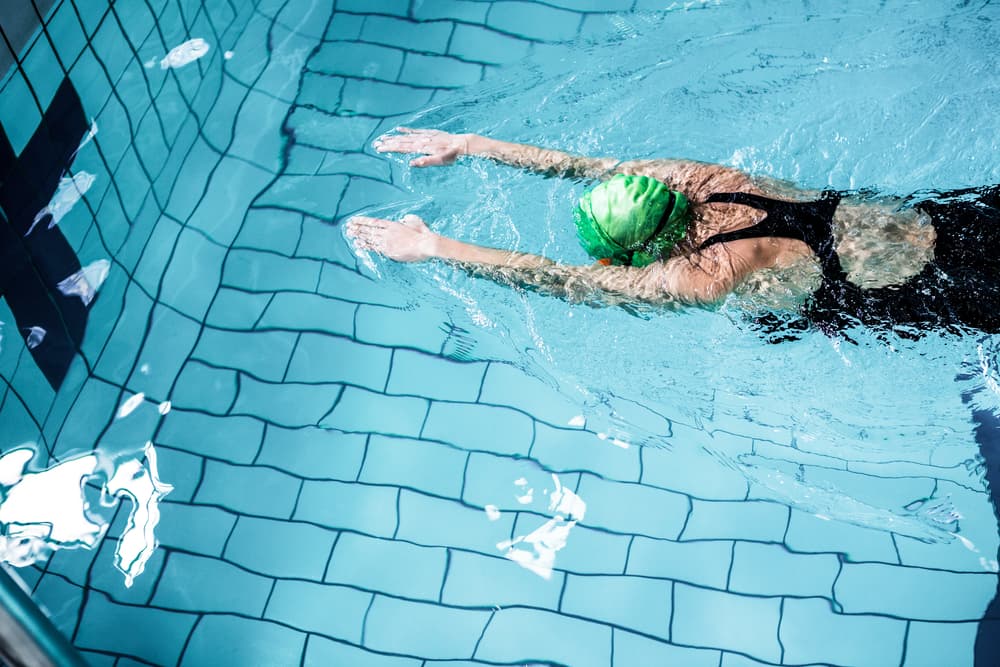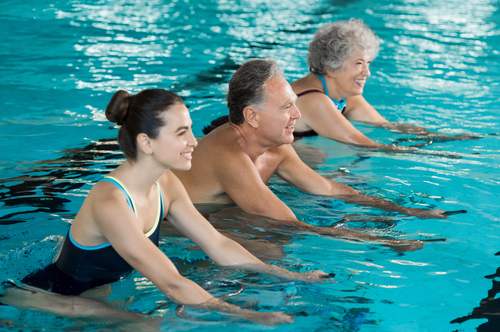How to Use Swimming for Rehabilitation and Injury Recovery

Swimming, often hailed as a therapeutic and low-impact exercise, emerges as a powerful ally in the realm of rehabilitation and injury recovery. Harnessing the buoyancy of water, swimming provides a unique environment that minimizes stress on joints while promoting muscle strength and flexibility, especially if you’re practicing under the careful supervision of dedicated professionals at your favorite gym with a pool in San Diego.
This aquatic medium not only facilitates cardiovascular conditioning but also serves as a conducive space for regaining mobility and enhancing overall well-being. In this exploration of swimming for rehabilitation, we delve into the myriad benefits and tailored techniques that make it an effective tool for recovering from injuries, promoting healing, and restoring physical vitality.
Why is swimming a good tool for injury rehabilitation?
Due to its low-impact nature and holistic muscle engagement, swimming gives you numerous benefits during recovery.
1. Low-impact nature
Swimming stands out as an exceptional tool for rehabilitation due to its inherent low-impact nature. The buoyancy of water significantly reduces the gravitational force that acts on the body, alleviating stress on joints and minimizing the risk of further injury. This makes it an ideal choice for individuals recovering from conditions such as joint injuries, arthritis, or musculoskeletal issues, allowing them to engage in a full-body workout without subjecting vulnerable areas to excessive strain.
2. Range of motion improvement
The fluidity of movement in water offers a unique environment for enhancing range of motion. Swimming involves various strokes that encourage the natural articulation of joints, promoting flexibility and preventing stiffness. This is particularly beneficial for individuals recovering from surgeries, fractures, or conditions that may have led to reduced mobility. The controlled resistance of water also aids in rebuilding strength, enabling a gradual progression towards normal function.
3. Cardiovascular conditioning
Beyond its impact on musculoskeletal aspects, swimming contributes significantly to cardiovascular conditioning. Engaging in sustained, rhythmic movements in the water enhances heart and lung function, promoting overall cardiovascular health. This aspect is crucial for those whose rehabilitation involves not just localized healing but also a holistic approach to well-being. The cardiovascular benefits of swimming are especially pertinent for individuals recovering from heart-related issues or those seeking a well-rounded approach to rehabilitation.
4. Psychological well-being
Swimming extends its therapeutic effects beyond the physical realm, positively impacting psychological well-being. The calming nature of water, combined with the rhythmic and repetitive motions involved in swimming, can reduce stress and anxiety. This dual impact on both physical and mental aspects makes it a holistic tool for rehabilitation, fostering a positive mindset that aids in the overall recovery process.
How do you use swimming as active recovery?
Incorporating swimming into an active recovery routine provides a multifaceted approach to post-exercise healing. Its low-impact nature, muscle relaxation properties, flexibility enhancement, and positive impact on mental well-being make it an effective and enjoyable method for promoting recovery and maintaining overall fitness.
1. Gentle exercise post-intensity
Active recovery involves engaging in low-intensity exercises to facilitate healing and reduce muscle soreness after intense physical activity. Swimming proves to be an excellent choice for this purpose. The buoyancy of water minimizes impact on joints, providing a gentle environment for muscles to recover. Swimmers can perform slow laps or engage in water-based exercises, promoting blood circulation without overtaxing the body.
2. Hydrotherapy for muscle relaxation
The hydrostatic pressure exerted by water can aid in muscle relaxation and reduce inflammation. This is particularly beneficial for athletes or individuals involved in strenuous workouts. Swimming allows for a full-body engagement, enhancing circulation and promoting the removal of metabolic byproducts, contributing to faster recovery. Water’s natural resistance also adds a subtle element of strength training without the strain associated with traditional weight-bearing exercises.
3. Improving flexibility and range of motion
Swimming actively involves a wide range of motion, contributing to increased flexibility. The controlled resistance of water allows for the gradual stretching of muscles and joints, promoting improved range of motion. Engaging in various strokes and movements during a swimming session can help prevent stiffness and enhance overall flexibility, essential components of an effective active recovery routine.
Where can I find a well-equipped gym with pool in San Diego?
Whether you’re looking for the best way to find a balance between swimming and other sports, incorporate it into your workout routine, or properly structure your swimming workout, Plunge San Diego is your place to go. Our experienced and dedicated professionals will help you optimize your routine to achieve the best results. Whether you live in Hillcrest or another nearby community, stop by our gym and experience all the benefits of working with us. Give us a call today!
